The Maronite College of Rome Alumni as Trailblazers for the Arab Renaissance
Long before the 19th-century Arab Renaissance (Nahḍa), Maronite scholars and other orientalists were actively expanding knowledge and shaping the intellectual and cultural landscape of the pre-Nahḍa. Their foundational contributions laid the groundwork for the cultural revival that would eventually contribute to the idea of Arab nationalism (Salibi, 1998). As seen in Panels 6, 7, 8, 9, and 10, the alumni's contributions spanned various facets—cultural revival, language and education, translation and printing, modernization, political and social reform, and intercultural dialogue.
Among these early contributors were Maronite College alumni who returned to Lebanon and engaged in knowledge production through various means, such as writing, translating, publishing, opening schools, and teaching. Some of the most impactful alumni are familiar names to scholars of Levantine history, such as Patriarch Blessed
Estephan al-Douaihy,
Youssef Jirjis al-Bani,
Boutros al-Tulawi, and their pupils like
Abdallah Qara’ali, and
Germanous Farhat, among many others. Their contributions coalesced into a broad-based cultural movement that would later inform key aspects of the Nahda.
The contributions of these erudite scholars significantly shaped the cultural and intellectual environment of their time, establishing a foundation for the later Arab Renaissance. Estephan al-Douaihy, recognized as the "Father of Maronite History," was a meticulous writer whose systematic style and refined language advanced the documentation of Maronite heritage. His major work, History of the Times (Tārīkh al-Azminah), stands out for its inclusive perspective on Levantine history, acknowledging marginalized communities such as the Shiite, Druze, and Maronite groups. Through his inclusive portrayal of Levantine history, al-Douaihy emphasized the rich diversity of the region’s cultural identities. His dedication to historical inclusivity and precision provided an intellectual model that would inspire later thinkers during the Nahda to consider their cultural identities within a broader historical narrative (Frangie, 2024; Noujeim, 1990).
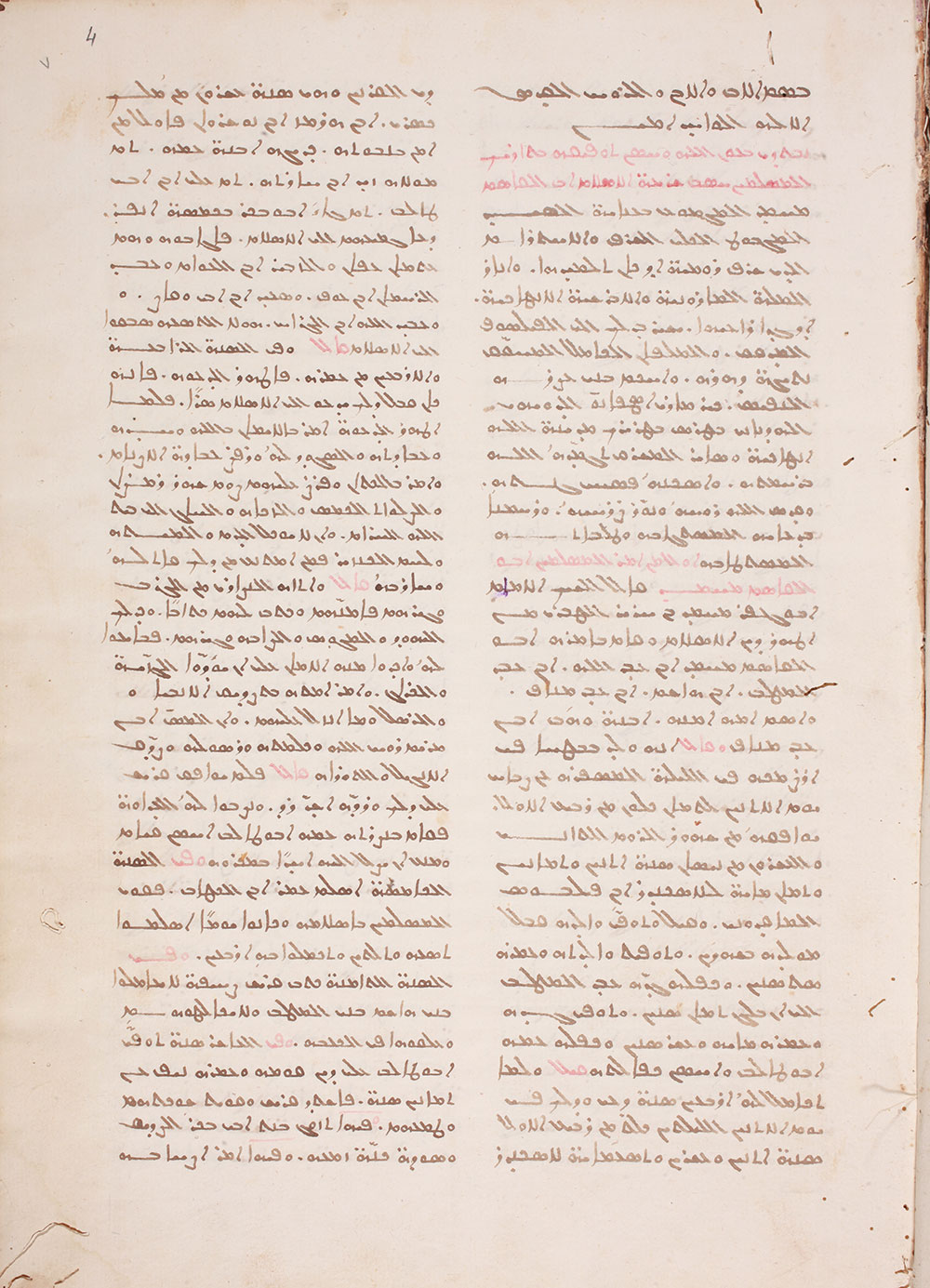
Fig. 11.1: I. Douaihy, History of the Muslims (17th c.)
Youssef Jirjis al-Bani, esteemed for his role in disseminating Western thought through translation, contributed significantly to intellectual exchange between the East and West. His annotated translations, including works by Cornelius à Lapide and Juan Eusebio Nieremberg, introduced complex theological and philosophical ideas to Arabic readers. Al-Bani’s unique prose style and narrative approach in his prefaces reflect a pioneering effort to adapt foreign ideas to the Arabic language and cultural context. His translations, therefore, offered valuable insights into 17th-century theological and philosophical debates, enriching the intellectual climate and fostering a broader engagement with Western ideas, which would later influence the intellectual currents of the Nahḍa (Graf, 2022).
Boutros al-Tulawi’s impact on Maronite scholastic tradition also laid the groundwork for the intellectual revival of the Nahḍa. His scholastic approach, rooted in categorization and structured reasoning, organized theological and philosophical knowledge into accessible frameworks. By drawing on Greek, Syriac, Latin, and monastic sources, al-Tulawi crafted comprehensive handbooks that served as foundational texts in logic, rhetoric, and eloquence, facilitating an advanced curriculum within the Maronite monastic community. His works, including Kitāb ‘Ilm Mā Ba‘d al-Ṭabī‘ah (Metaphysics) and Kitāb al-Manṭiq (The Book of Logic), exemplify his dedication to theological and philosophical scholarship (Graf, 2022). Al-Toulawi’s intellectual rigor and innovative teaching methods had a lasting impact on Maronite scholastic thought, reinforcing the intellectual foundations that would later flourish in the Nahḍa. By organizing knowledge into accessible frameworks, al-Toulawi equipped the Maronite and broader Arabic scholarly communities with tools that later Nahḍa intellectuals would use to systematize their own scholarly work.
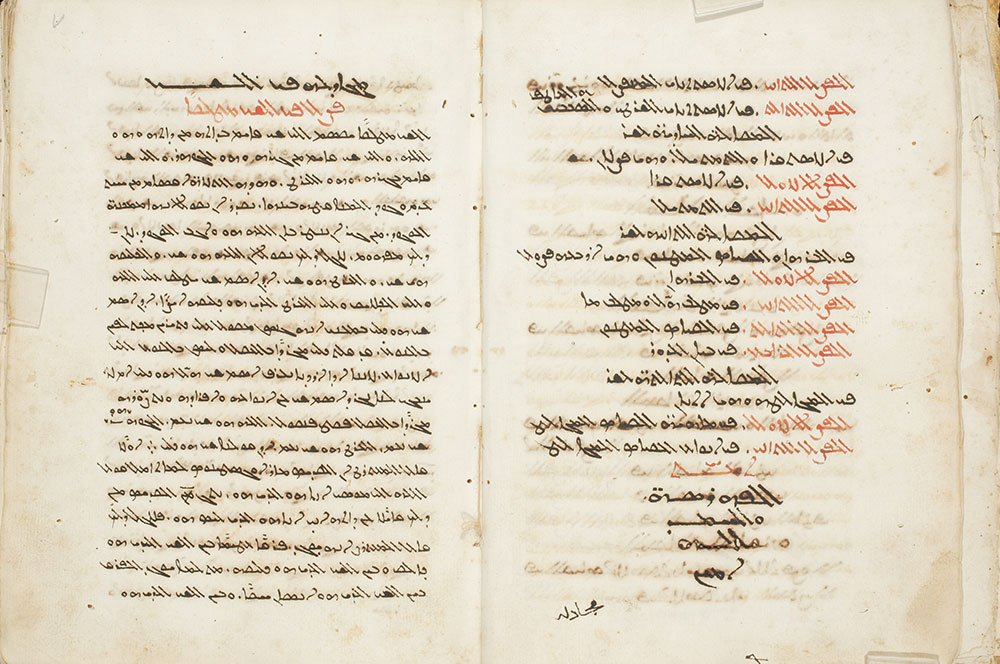
Fig. 11.2: B. Toulawi, Trilogy of Philosophy (late 17th c.)
Abdallah Qara’ali is one of the most prominent personalities among the Maronites, as he is the founder of formal monastic life organized according to Western regulations. In 1694, he succeeded, along with four of his brethren, in founding the Aleppine Order and reforming the monastic life of the Maronites. His contributions include foundational works like The Monastic Canon and A Treatise on the Cultivating of Silkworms, as well as Mukhtasar al-Shari'a, a civil law text examining general principles in legal procedures. Qara’ali’s contribution to civil law was a pioneering effort in a time when the region lacked formalized legal structures for regulating everyday life. His work was instrumental in introducing more structured legal principles, blending customary laws with emerging civil law concepts, and laying the groundwork for future legal developments in the Levant.
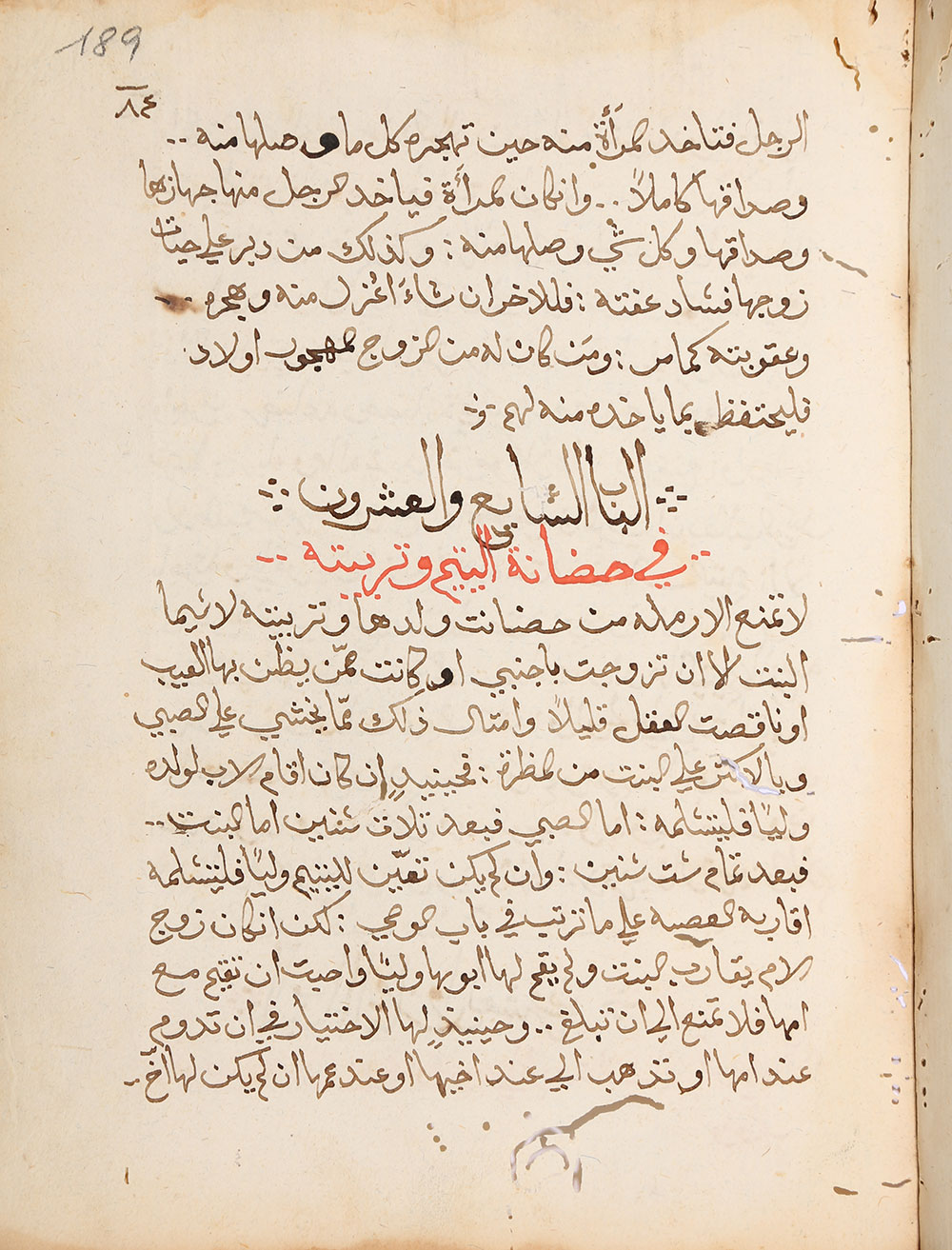
Fig. 11.3: A. Qara’ali, Abridgment of the Sharia (18th c.)
Another literary figure of this era,
Germanous Farhat, stands out as a leading Maronite intellectual. He was a cofounder of the Aleppine Order alongside Qara’ali and succeeded him as the Order’s second Abbot General. Farhat was a prolific writer and translator, earning the title “Pioneer of the Arab Renaissance” and being celebrated as a revitalizer of its spirit in the eighteenth century. His extensive body of work spanned linguistics, literature, science, ethics, history, and theology, all crafted in Arabic. Known as the “Father of the Modern Renaissance,” he inspired a renewed commitment among Christian writers and linguists to elevate Arabic to a prestigious cultural and intellectual status. His influence catalyzed subsequent generations of prominent intellectuals—including the Bustanis, Yazigis, Gemayels, Tabets, Masʿads, and others—who built upon his legacy to solidify the foundations of the modern Arab Renaissance (Graf, 2022).
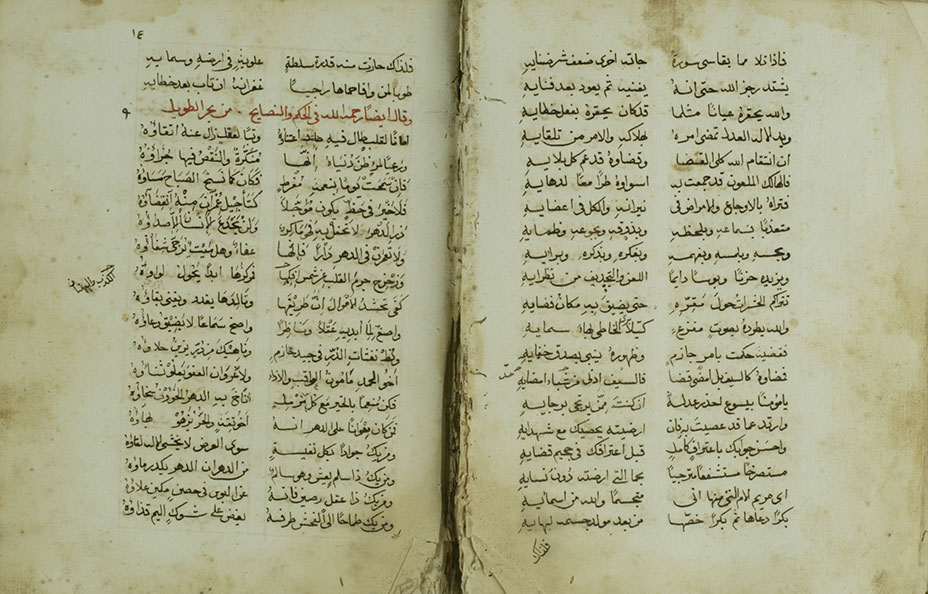
Fig. 11.4: G. Farhat, The Anthology of the Monk (c. 1720)
The cumulative efforts of the Maronite College alumni, both those who remained in Europe and those who returned to the East, laid the groundwork for the Nahḍa by shaping key areas that would later become central to the intellectual awakening of the 19th century. Through their pioneering initiatives in language, education, translation, intercultural dialogue, and reform, they established a foundation for a cultural renaissance that prefigured the Nahda's core objectives. In the following areas, their transformative contributions exemplify how they embodied the principles that would later define the Nahḍa.
Cultural Revival and Heritage Preservation
Maronite alumni from the 17th and 18th centuries were instrumental in reviving classical Arabic and integrating it with contemporary scholarship. Their efforts fostered a renewed appreciation for Arab classical literature and history, which directly influenced the Nahda's later emphasis on cultural renaissance. By rekindling interest in Arab literary and historical traditions, the alumni helped forge an intellectual climate that valued the preservation and evolution of Arabic culture.
Language and Education as Vehicles of Change
Building on the foundation of cultural preservation, Maronite scholars exerted constructive effort in developing Arabic as a scholarly language, aligning it with European academic standards. They established educational institutions and translated key European works into Arabic, facilitating broader intellectual engagement with Western knowledge. By modernizing Arabic education and establishing schools in Lebanon, Syria, Egypt, and Cyprus, they laid the groundwork for the Nahda's educational reforms. These reforms sought to modernize and expand Arabic educational systems as fundamental vehicles for change, preparing future generations to access and contribute to global discourses.
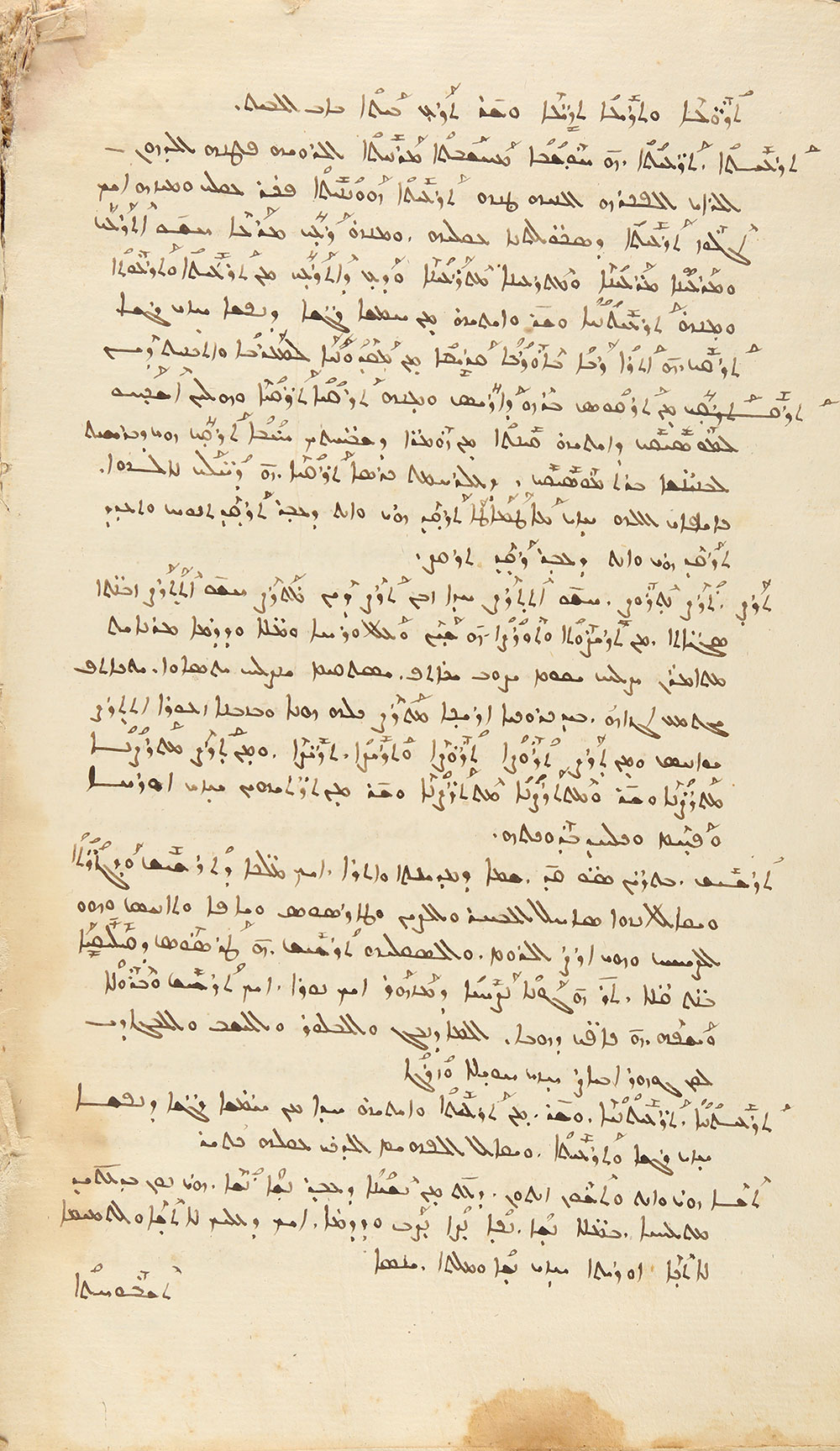
Fig. 11.5: G. of Karmsaddeh, The Syriac Beacon: Syriac-Garshuni Dictionary (1619)
Translation and Printing: Dissemination of Knowledge
Furthermore, the alumni excelled in translating and printing essential texts from Latin and Greek into Arabic. By making a wide range of scholarly texts available in Arabic, they not only enriched the intellectual life of the Arab world but also created a foundation for the Nahda's publishing industry. This dissemination of knowledge directly paralleled the Nahda's focus on making new ideas accessible through print media.
Fostering Intercultural Dialogue
Moreover, the Maronite alumni were key players in fostering intercultural dialogue, particularly in understanding Islam and the broader Middle Eastern context. Their scholarly works often addressed Islamic jurisprudence and philosophy, facilitating a nuanced engagement with Islamic culture and thought. This intercultural dialogue was indispensable in shaping the Nahda's approach to integrating Islamic and Arab heritage with modern European ideas (El-Ariss, 2018).
Facilitating Intellectual Exchange
The alumni’s role in facilitating intellectual exchange between Europe and the Middle East was equally profound. Through correspondence, participation in European academic circles, and the integration of Western methodologies into Middle Eastern scholarship, they promoted a rich exchange of ideas. This intellectual exchange provided the Arab world with a more comprehensive understanding of global knowledge systems, central to the Nahda's cultural transformation.
Setting the Stage for Political and Social Reform
Although Maronite alumni did not directly engage in political or social movements, their contributions fostered conditions essential for reform. Their advances in knowledge, humanism, and openness created fertile ground for the Nahda. The Nahda marked a period where Arab-speaking countries, historically dependent on European knowledge, began forging a new identity, asserting intellectual and cultural parity with Europe (Hill, 2019).
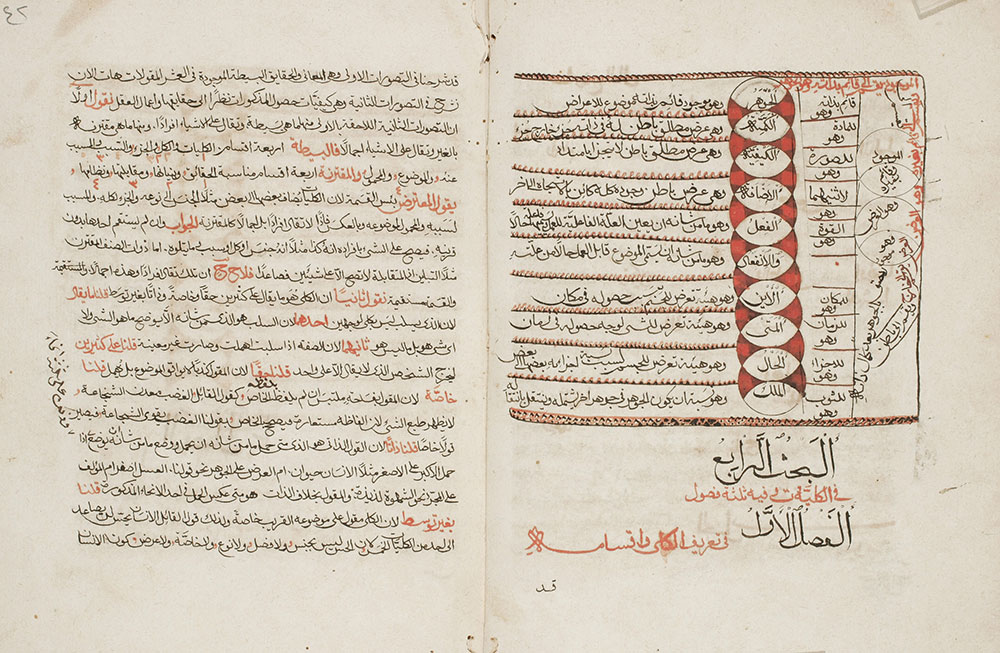
Fig. 11.6: J.S. Assemani, The Book of Logic (18th c.)
Reconciling Tradition with Modernity
Intellectuals of the Arab Nahḍa, much like their predecessors at the Maronite College, engaged with Western knowledge to modernize Arab society while reconciling this knowledge with their cultural paradigms (Patel, 2013). The Maronite alumni demonstrated how European knowledge could be adapted to fit within the framework of Arab cultural values, fostering a renaissance that was both modern and authentically Eastern.
The alumni of the Maronite College of Rome served as trailblazers for the Arab Renaissance. Their contributions to cultural revival, language development, translation, intercultural dialogue, and intellectual exchange laid the groundwork for the broader Arab Nahḍa. Through their pioneering work, the Maronite College alumni provided a model for engaging with Western ideas while remaining true to Eastern heritage—a model that Nahḍa thinkers would follow in the decades to come.
Photo Credits
Fig. 11.1: I. Douaihy, تاريخ المسلمين (History of the Muslims), USEK Library, ms. MS OLM 1554, Garshuni, copied in 1884, f. 4r. Courtesy of USEK Library.
Fig. 11.2: B. Toulawi, ثلاثية الفلسفة (Trilogy of Philosophy), USEK Library, ms. MS OLM 575, Arabic, copied in 1846, f. 41v. Courtesy of USEK Library.
Fig. 11.3: A. Qara’ali, مختصر الشريعة (Abridgment of the Sharia), USEK Library, ms. MS OLM 661, Arabic, copied in 1775, f. 189r. Courtesy of USEK Library.
Fig. 11.4: G. Farhat, ديوان الراهب (The Anthology of the Monk), USEK Library, MS OLM 163, Arabic, 18th c., f. 14r. Courtesy of USEK Library.
Fig. 11.5: G. of Karmsaddeh, المنارة السريانية: قاموس سرياني-غرشوني (The Syriac Beacon: Syriac-Garshuni Dictionary), USEK Library, ms. Misc. 618, Syriac-Garshuni, 17th c., f. 856v. Courtesy of USEK Library.
Fig. 11.6: J.S. Assemani, كتاب المنطق (The Book of Logic), USEK Library, MS OLM 525, Garshuni, copied in 1736, f. 6v. Courtesy of USEK Library.
References
- Abboud, M. (1960). Adab el 'Arab [Literature of the Arabs]. Éd. Dar el Saqafa.
- El-Ariss, T. Ed. (2018). The Arab Renaissance: A Bilingual Anthology of the Nahda (MLA Texts and Translations). Modern Language Association of America.
- Frangie, E. M. (2024). A beacon of knowledge and holiness: Biography of Blessed Patriarch Estephan al-Douaihy Al-Ehdeni. Kareh Printing Press. Zgharta, Lebanon.
- Gemayel, N. (1984). Les échanges culturels entre les Maronites et l'Europe, du Collège Maronite de Rome 1584 au Collège de 'Ayn-Warqa 1789 (2 vols.). Liban.
- Graf, G. (2022). Tārīkh al-Adab al-‘Arabī al-Masīḥī, 7: ‘Ind al-Mawārina [History of Christian Arabic Literature, Volume 7: Among the Maronites]. In R. al-Jamīl et al. (Eds.), al-Turāth al-‘Arabī al-Masīḥī (Vol. 44). Beirut: Markaz al-Turāth al-‘Arabī al-Masīḥī li-Tawthīq wa al-Baḥth wa al-Nashr; Markaz al-Sharq al-Masīḥī li al-Buḥūth wa al-Manšūrāt.
- Hill, P. (2019). Utopia and Civilization in the Arab Nahḍa. Cambridge University Press.
- Kahale, J. E. (2023). Bāqah min al-muʾallifīn al-ʿArab al-Masīḥīyīn [A Collection of Christian Arab Authors]. Jounieh, Lebanon: Dār Naʿmān lil-Thaqāfah.
- Noujeim, T. F. (1990). La Maronité chez Étienne Douaihy, Volume 1, La Maronité religieuse (pp. 6-17). Bibliothèque de l’Université Saint-Esprit.
- Patel, A. (2013). Arab Intellectuals and the West: Borrowing for the Sake of Progress. In The Arab Nahḍa: The Making of the Intellectual and Humanist Movement (pp. 159–180). Edinburgh University Press. https://www.jstor.org/stable/10.3366/j.ctt5hh2zz.12
- Raphael, P. P. (1950). Le rôle du Collège Maronite Romain dans l’orientalisme aux XVIIe et XVIIIe siècles (Publications du 75e anniversaire, Université St. Joseph de Beyrouth). Beyrouth.
- Salibi, K. (1998). The Maronite Experiment. In M. Gervers & R. J. Bikhazi (Eds.), Conversion and Continuity: Indigenous Christian Communities in Islamic Lands, Eighth to Eighteenth Centuries (pp. 423-433). Pontifical Institute of Mediaeval Studies.